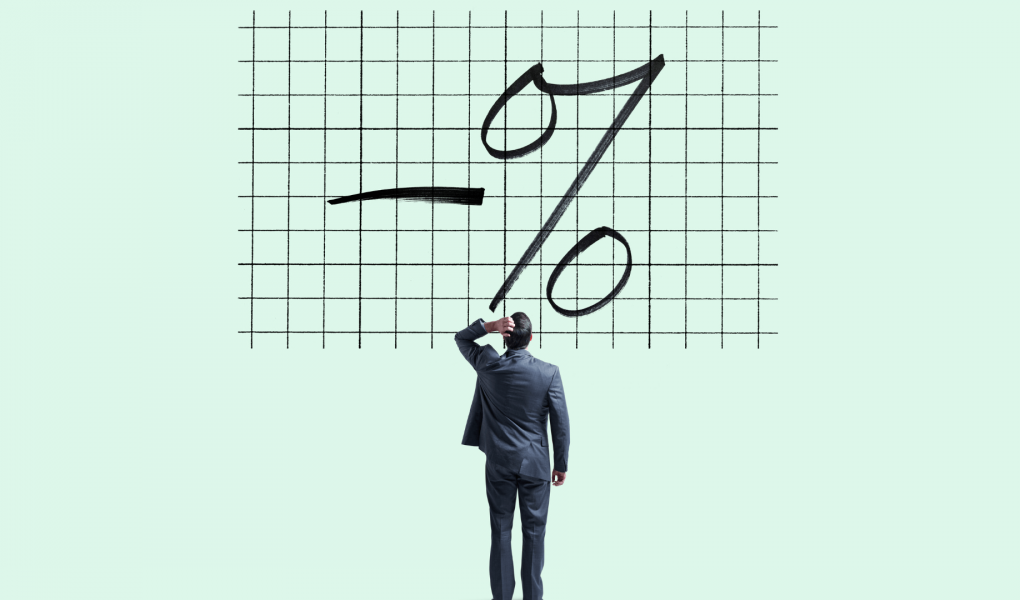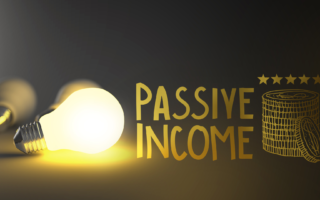If you have ever read about negative interest rates, you may have wondered what that means. Since the financial crisis, you have probably also been aware of the existence of negative interest rate policies, which are a way of attempting to manage the economy. If you’ve heard about these policies, you may also know that central banks are starting to use them more as a tool to control inflation.
What are negative interest rates?
Negative interest rates(NIRs) are a new way of managing a country’s money supply, and they’re already starting to play a role in the global financial system. As the world’s central banks continue to struggle with deflation, they’re increasingly turning to negative interest rates to try to get the economy moving again. In most cases, negative interest rates don’t affect borrowers, but they might see some decrease in interest when taking a loan from commercial banks providing services such as wholesale mortgage banking florida or in other locations. To explain it further, commercial banks and other financial firms have to pay to keep their excess reserves stored at the central bank rather than receiving positive interest income.
Interest rates are a complicated topic, especially as you get into the realm of negative interest rates. Basically, when people do something with money, they are rewarded for their actions. When someone pays for a product or a service, the money they pay is deposited in some bank account, and the bank makes a deposit (or loan) to the company. In return, the company pays the bank with money that they already have. So, when they deposit money, they receive interest. In other words, the bank is making money off of interest, just as the customer is making money when they pay for a product or service.
Negative interest rates are the idea that central banks will charge commercial banks for lending reserves that could otherwise be used for more profitable investment activities. The thought is that banks will borrow more reserves from the central bank to make up for the negative interest rates they will have to pay on loans. In turn, this will make it more profitable for the central bank to hold reserves (in the form of cash and bonds) and invest them rather than lending them out to the banks.
What is the role of a negative interest rate?
- Negative interest rates are gaining traction as a policy tool of choice for central banks in response to the current economic climate. Essentially, they reward savers while penalizing borrowers. So, why are they such a big deal? Negative rates are symptomatic of the global financial crisis, and as a result, many central banks have turned to negative rates to combat deflation.
- Negative interest rates are one of the greatest financial innovations of the last decade. As the name suggests, they are intended to keep money in the economy by charging banks interest on the money they hold. Today, most people agree that going beyond the zero lower bound is likely to create deflationary pressure in the economy, as long as the Fed is charging banks interest on their reserves. A negative interest rate is a way to impose that negative interest without actually charging interest.
- Negative Interest Rates are being considered by central banks around the world as a way to combat the current global economic slowdown. NIRs occur when monetary policymakers impose a penalty on banks for holding money that isn’t being lent out. Negative interest rates can be implemented in a variety of different ways. Central banks can issue negative interest rates on reserves, which means that banks have to pay for holding the money. Negative interest rates can also be imposed on loans. This is known as a “penalty interest rate,” which the Japanese government recently implemented, and means that loans must be paid back at a negative interest rate.
Negative rates are a bit of an oddity in the world of finance. Essentially, they mean that lenders will receive a small fee for loaning money out to you, representing a negative investment return. And this is a little confusing when you think about it, given that most of us tend to think of borrowing money as something that makes us richer. (And if negative rates were to become more common, it would push down the value of all loans, increasing the total amount of interest we pay on loans and mortgages.) But it still goes to show that sometimes when things look like a sure thing, they rarely turn out that way.




